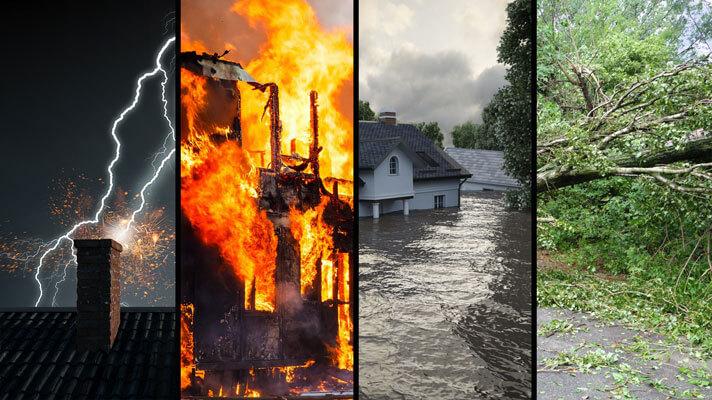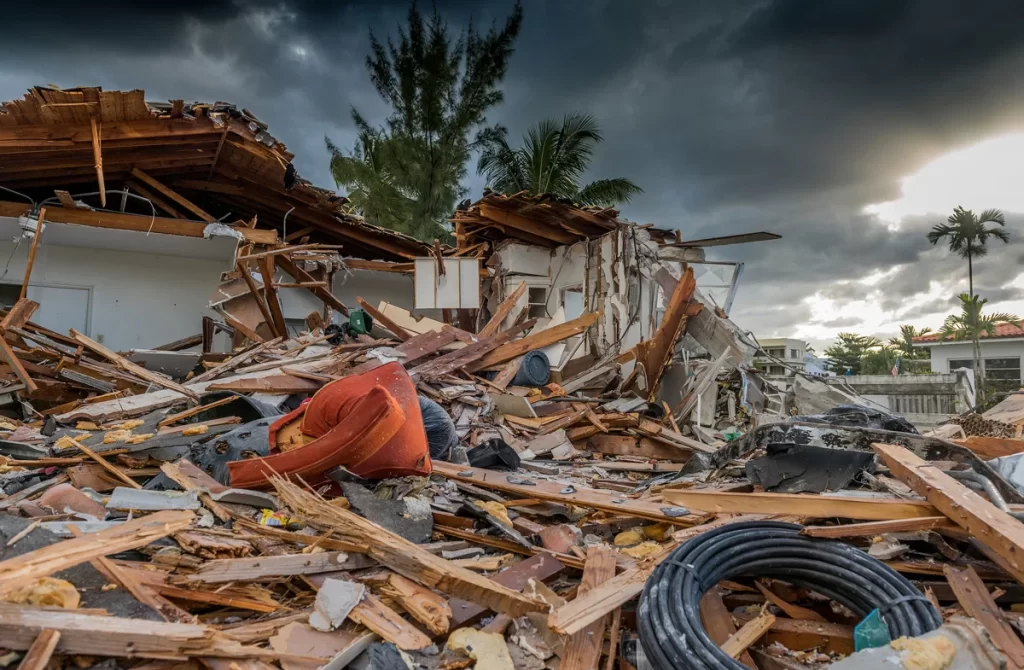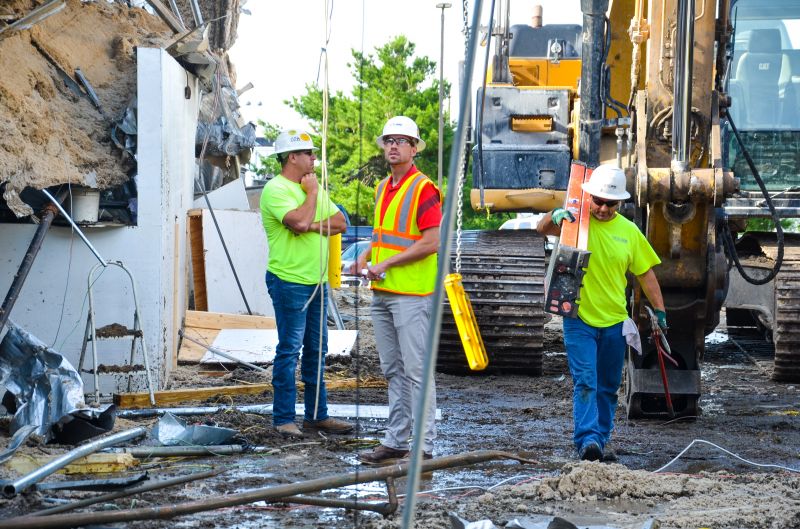Emergency Disaster Restoration: Restoring Hope in the Face of Calamity

In a world where uncertainty looms, disasters can strike without warning, leaving behind a trail of destruction and chaos. From raging wildfires and devastating floods to destructive hurricanes and unexpected structural collapses, emergencies can turn lives upside down in an instant. It’s during these times of crisis that the importance of emergency disaster restoration becomes glaringly evident. This article delves into the critical role that emergency disaster restoration plays in bringing back hope and rebuilding shattered lives.
The Unpredictable Nature of Emergencies
Natural and man-made disasters have a knack for catching communities off guard. Whether it’s a sudden burst of torrential rain leading to flash floods or an unexpected gas leak resulting in a massive explosion, the unpredictable nature of emergencies leaves people grappling with shock and disbelief. These incidents not only cause physical damage to properties but also inflict emotional scars that can take years to heal.
The Essence of Emergency Disaster Restoration
At the heart of emergency disaster restoration lies the unwavering commitment to helping individuals and communities regain their footing in the aftermath of catastrophe. This multifaceted process encompasses a wide range of services aimed at restoring a sense of normalcy amidst chaos:
1. Rapid Response and Assessment
The clock starts ticking the moment disaster strikes. Emergency disaster restoration teams are primed to respond swiftly, conducting thorough assessments of the affected area. Their expertise allows them to identify hazards, evaluate the extent of damage, and create a strategic plan of action.
2. Stabilization and Safety
In many cases, the immediate priority is to stabilize the situation and ensure the safety of all involved. Whether it’s shoring up weakened structures, shutting off gas lines, or containing hazardous materials, restoration experts work diligently to prevent further harm.
3. Cleanup and Decontamination
The aftermath of a disaster can leave behind debris, contaminants, and hazardous substances. Restoration teams employ specialized equipment and techniques to clean and decontaminate affected areas, minimizing health risks for both responders and occupants.
4. Structural Rehabilitation
From rebuilding damaged structures to repairing compromised infrastructure, the restoration process often involves significant construction and rehabilitation efforts. Skilled professionals work to restore not only the physical integrity of buildings but also the sense of security they provide.
5. Salvage and Restoration of Belongings
Disasters can lead to the loss of cherished belongings and valuables. Restoration experts salvage and restore items whenever possible, helping people reclaim pieces of their history and memories.
6. Emotional Support
The aftermath of a disaster takes a toll on mental and emotional well-being. Restoration teams provide not only physical assistance but also emotional support, offering a compassionate presence to those struggling to cope.

Emergency Disaster Restoration is essential for several crucial reasons:
- Mitigate Further Damage: After a disaster, the longer damage remains unaddressed, the more it can worsen. Prompt restoration helps prevent additional harm to properties, infrastructure, and the environment.
- Ensure Safety: Many disasters leave behind hazardous conditions, such as unstable structures, contaminated materials, or exposed electrical systems. Restoration professionals work to eliminate these dangers, ensuring the safety of both responders and residents.
- Rapid Recovery: Swift restoration efforts lead to faster recovery for affected individuals and communities. Getting back to normal life as quickly as possible helps reduce emotional distress and economic losses.
- Prevent Health Risks: Disasters can result in mold growth, water contamination, and other health hazards. Proper restoration reduces the potential for health issues stemming from exposure to harmful substances.
- Restore Livelihoods: For businesses and homeowners, quick restoration means faster resumption of normal operations and living conditions. This minimizes financial losses and disruptions to daily life.
- Community Resilience: Timely restoration contributes to community resilience by showing affected individuals that their well-being matters. It fosters a sense of support and unity, helping communities bounce back stronger.
- Preserve Memories: In cases of personal belongings damaged by disasters, restoration efforts can salvage sentimental items, preserving memories that are irreplaceable to individuals and families.
- Economic Impact: Delayed restoration can lead to higher costs for repairs and increased economic strain on communities. Swift restoration helps minimize the financial burden on individuals and municipalities.
- Environmental Concerns: Certain disasters, such as oil spills or chemical leaks, can harm the environment. Proper restoration reduces ecological damage and aids in ecosystem recovery.
- Government and NGO Support: Government agencies and non-governmental organizations often provide support for disaster restoration efforts, ensuring communities receive the aid they need.
In essence, emergency disaster restoration is a critical step to swiftly bring hope, stability, and a sense of normalcy to those affected by calamities, helping them rebuild their lives and communities.
The Power of Collaboration
Emergency disaster restoration is a collaborative effort that brings together various stakeholders, including local authorities, first responders, insurance companies, and nonprofit organizations. The synergy between these entities is crucial in expediting the recovery process and ensuring that affected communities receive the help they need.
Preparedness and Community Resilience
While emergencies can’t always be prevented, communities can enhance their resilience through preparedness measures. Public awareness campaigns, disaster drills, and emergency plans play a pivotal role in reducing the impact of disasters and promoting swift recovery.
The Hope in Restoration
Amidst the rubble and ruins, emergency disaster restoration shines as a beacon of hope. It embodies the unwavering spirit of humanity, demonstrating that even in the face of adversity, people come together to rebuild, renew, and restore. The journey from devastation to restoration is a testament to human resilience, and the efforts of restoration professionals stand as a testament to their dedication to serving and uplifting communities in their darkest hours.
